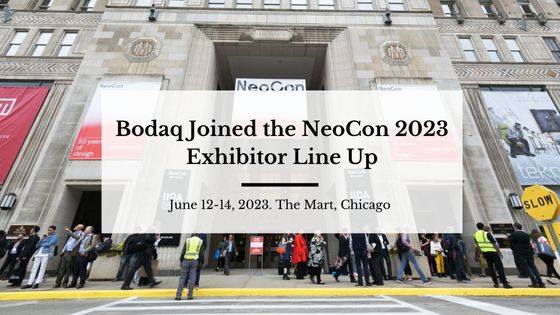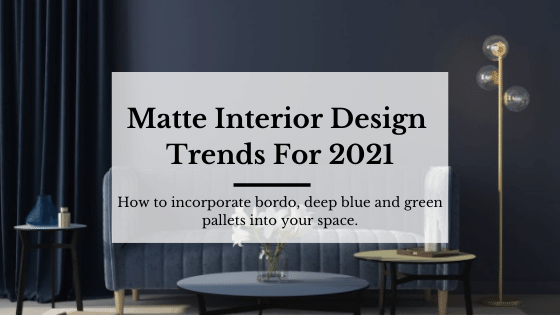Or what you need to know about using interior film in commercial interior design.
Table of Contents
What is Commercial Interior Design?
So, what is commercial design? It is a concept of creating workplaces, offices, hotels, stores, restaurants, or any other interior for commercial use. Commercial interior design is a lot more than choosing colors and drawing sketches. This process includes unraveling human needs, meeting company or social goals, and creating a functional environment for everyone.
What Does a Commercial Designer Do?
Usually, a business hires a commercial designer to develop a project from concept to realization. In the end, a client will receive a completed space for business and public use. A commercial designer plays a significant role in how a space can support a larger population and help their client to thrive.
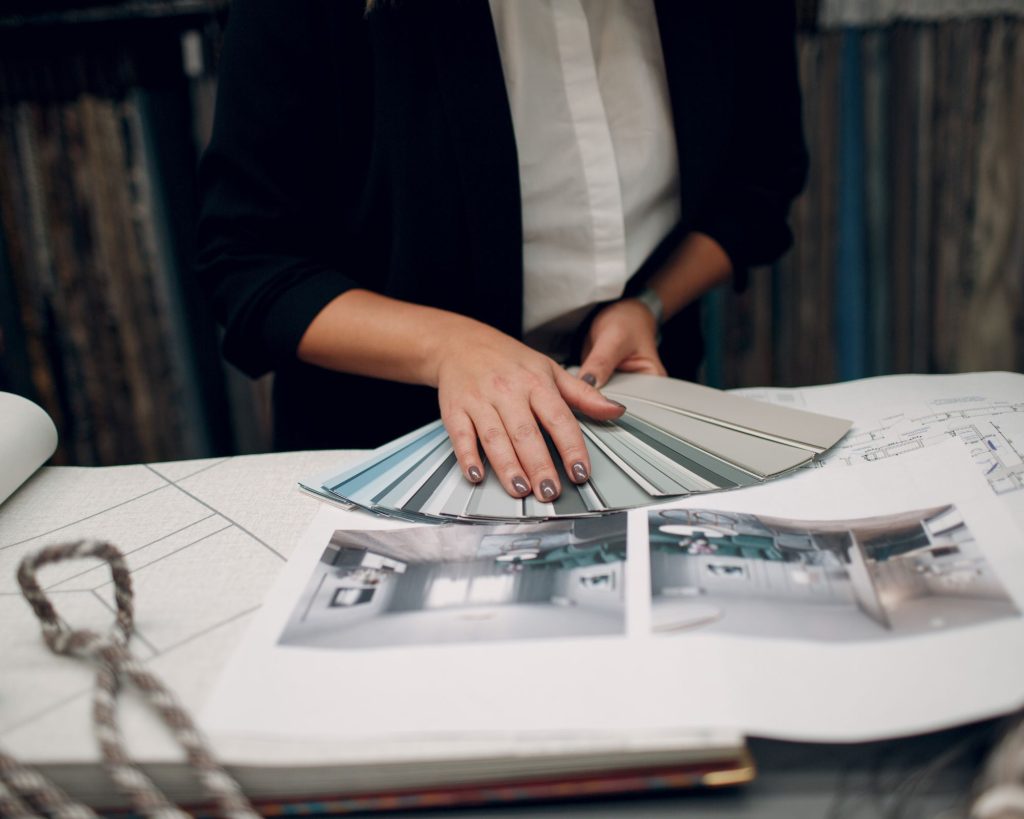
The commercial interior designing concentrates on functionality and safety without sacrificing aesthetics or style. A commercial designer is usually heavily involved in the renovation and construction process and works closely with contractors and manufacturers for important structural decisions, including lighting, flooring, ceiling design, window placement, surfacing film and other upgrades. A commercial designer also defines the scope of work, draws schematics and blueprints, selects materials, oversees budgeting and scheduling, and other duties.
Who Can Benefit from Interior Commercial Design?
Different businesses and industries have specialized needs and codes to follow. It is a commercial designer’s work to identify and incorporate the client’s needs.
Hospitality.
Planning and designing a hotel space is not an easy task. A designer is responsible for dividing the place into the necessary amenities, fitting the required number of beds, planning luxury bathrooms, how to include the landscape or city views, fitness room and pool, spa, outdoor spaces, business services, bars and restaurants, as well as including the kitchen and service areas, and so much more. And all of these should be stylish and support chosen aesthetics.
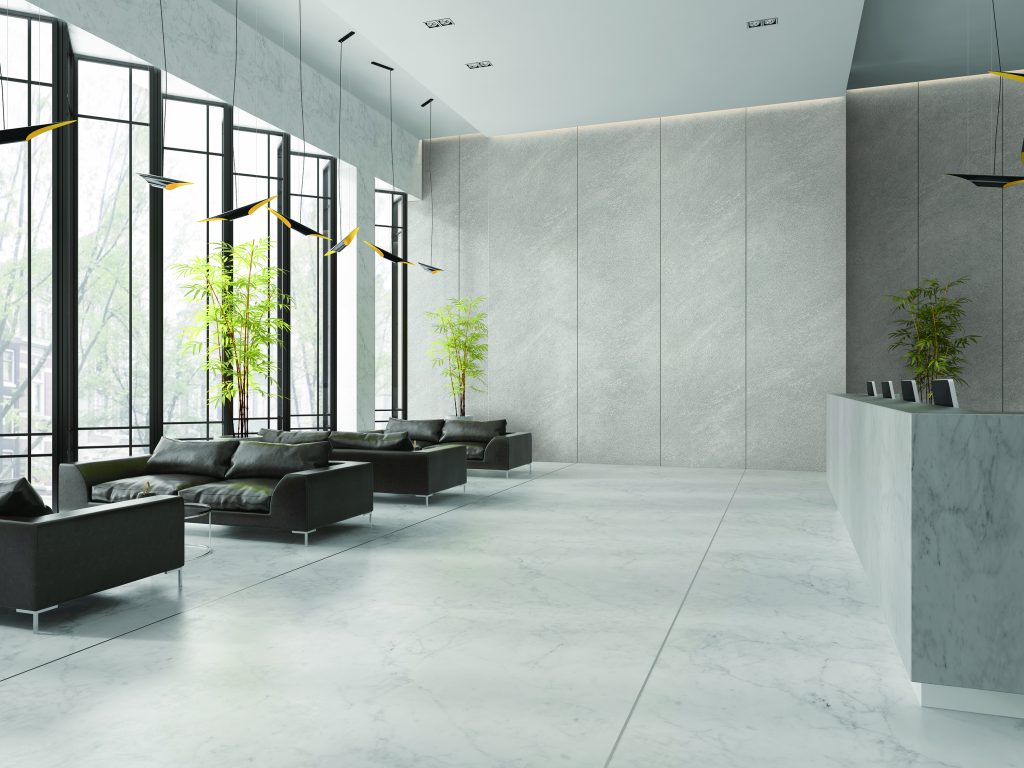
Offices.
The first thing in the office design is to identify the corporate culture to create a functional space that includes the company’s image. A commercial designer considers the office space, air quality, light exposure, and other elements that improve worker health and satisfaction, improving productivity and retention.
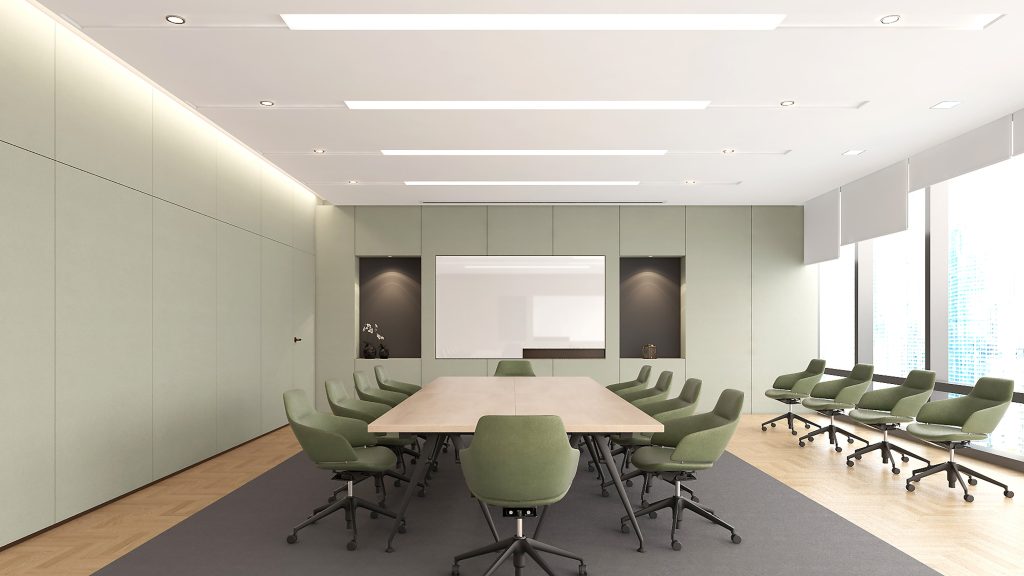
Retail.
Retail companies value well-designed spaces that attract customers and encourage them to spend more time in their shops. The main focus of any design should be customers and creating the best possible experience for them.
What is more important is that retail design is a never-ending process. Stores should be switching up, adding, or taking away stuff to create a resonating customer journey and experience. So, a commercial designer who will concentrate on the customer journey of the specific target audience is what every retail space needs.
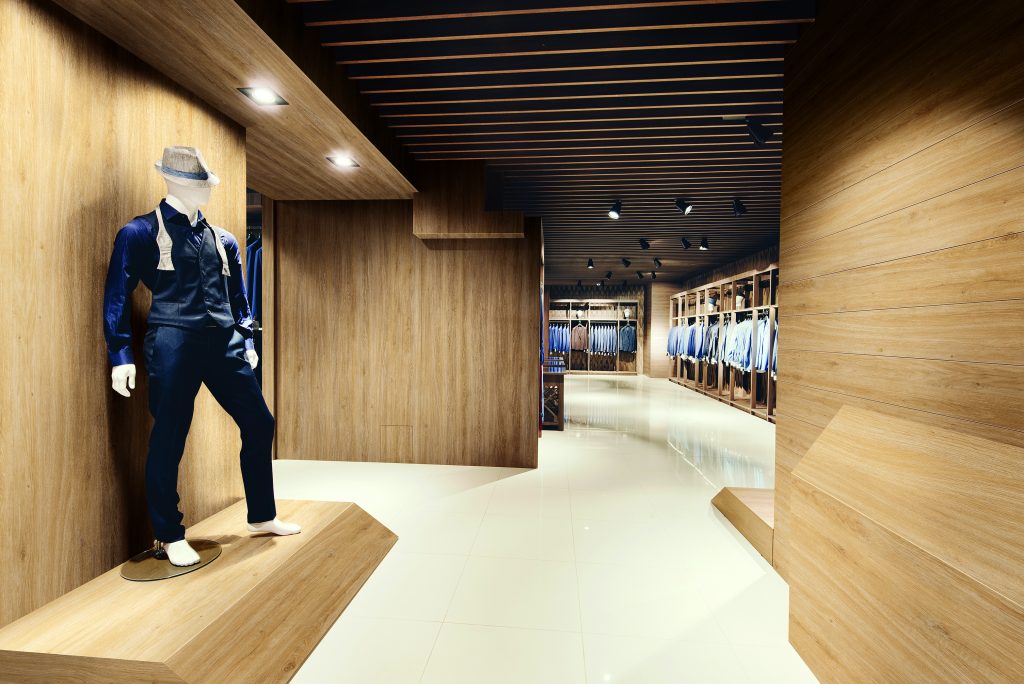
These are just a few examples of commercial design. But all of them are tied around knowing the materials for the projects. The other important thing is the budget. So, a commercial designer should be able to find materials that fall under the client’s budget and offer the finished project in this frame. And with the trends changing so fast, it is always a good idea to stick to materials that are great in quality, fast in installation, and budget-friendly. Here is where the architectural film comes in handy.
Trends in Commercial Interior Design in 2023: How You Can Use Bodaq?
Bodaq Interior Film is suitable in different settings – commercial or residential. Its most common areas of commercial application are the following: healthcare facilities, restaurants and foodservice locations, retail, hospitality, offices and coworking spaces, transport, vertical and horizontal transportation systems, airports, train stations, and shopping centers. The possibilities of architectural film usage are endless.
The application areas are bound to indoor spaces like ceilings, walls, furniture pieces, doors, and many more. The decorative vinyl film provides extreme durability and stain resistance, maintaining its perfect appearance for 10+ years.
The architectural vinyl film is an excellent innovative solution for interior design needs. It can be used for the new space finishing or renovation of an old place. The areas of application are broad and limited only by imagination. If you would like to implement modern trends in your design at a fraction of the price, renovate your space – commercial or residential, or add value to your rental property, the architectural vinyl film is the only solution you need.
Conclusion.
Commercial designers create functional and beautiful spaces to benefit businesses and satisfy customers. They get inspired to create different designs – from minimalist lounges to elegant, jewel-toned speakeasies. They carefully source materials necessary for the project and choose every piece of furniture to represent the business’ culture and aesthetics.
It is not an easy job. And we hope we uncovered at least a little bit of it.
FAQ about commercial interior design
- Keep structures versatile and ready to be revamped according to the changing trends and needs.
- Implement technology. It is essential to plan facilities for telecommunication systems such as computer networks, telephones, television, and media players, also installing centralized or decentralized digital control systems.
- Aesthetics is important. Sometimes functionality becomes more important, however, a dull, bland, and unfurnished interior will never impart pleasant vibes. Therefore the commercial interior design should also address aesthetics.
- Personalized spaces. It is beneficial for the businesses like hotels and restaurants to make their customers feel at home by allowing them to enjoy preferential services and ambiance.
- Safety comes first. Safety is not just a requirement, it is an obligation that should be implemented into interior design. No safety regulations should be sacrificed for aesthetic or functional design purposes.






